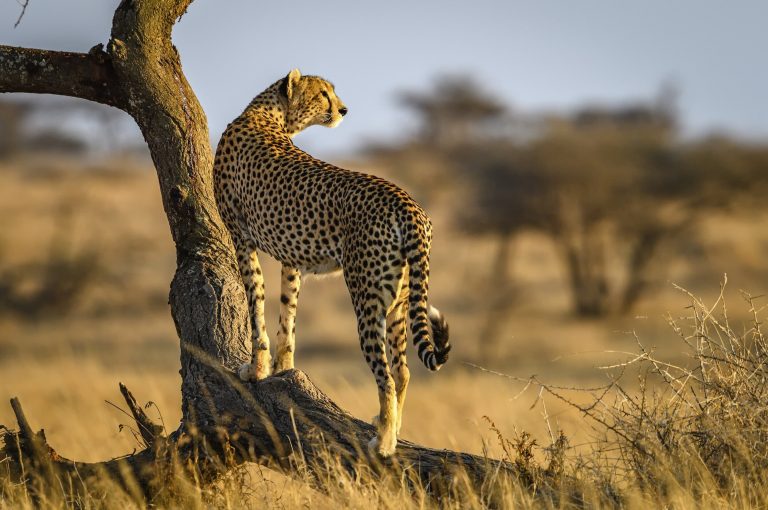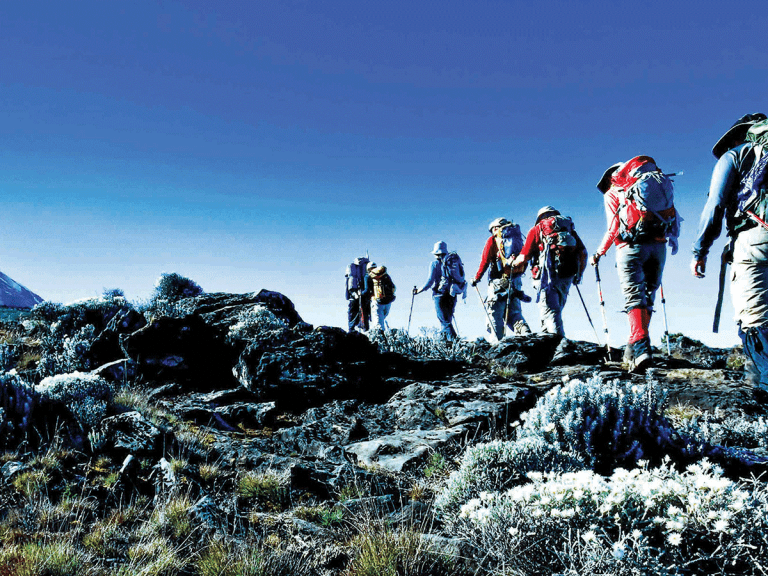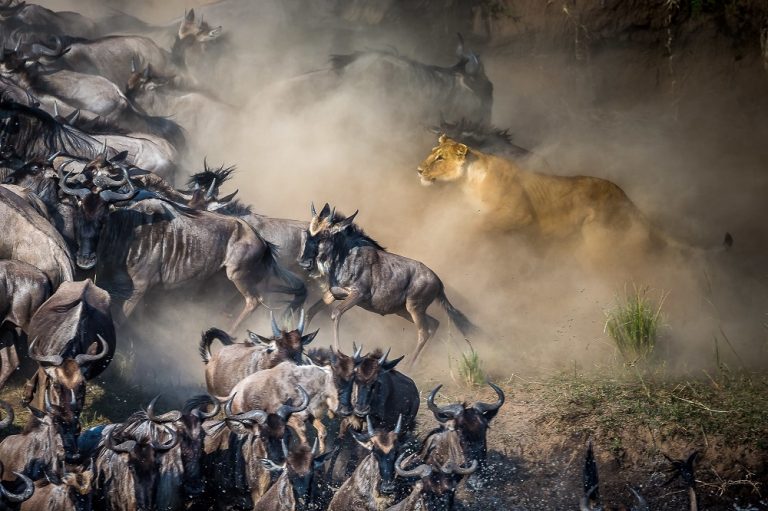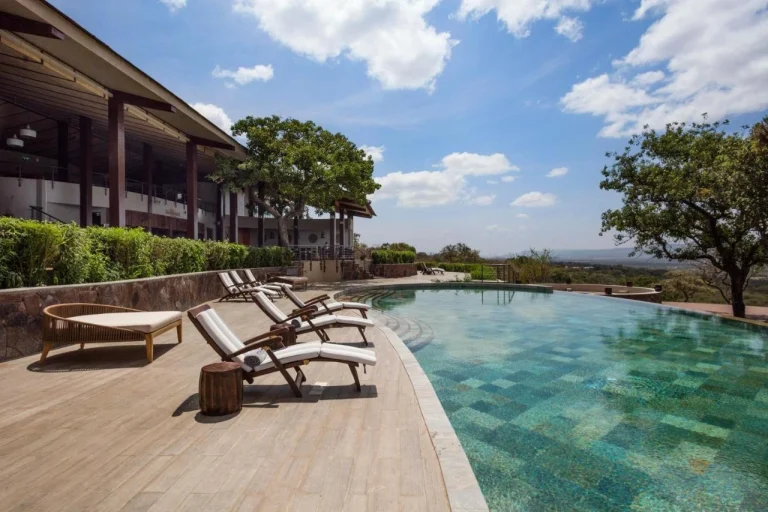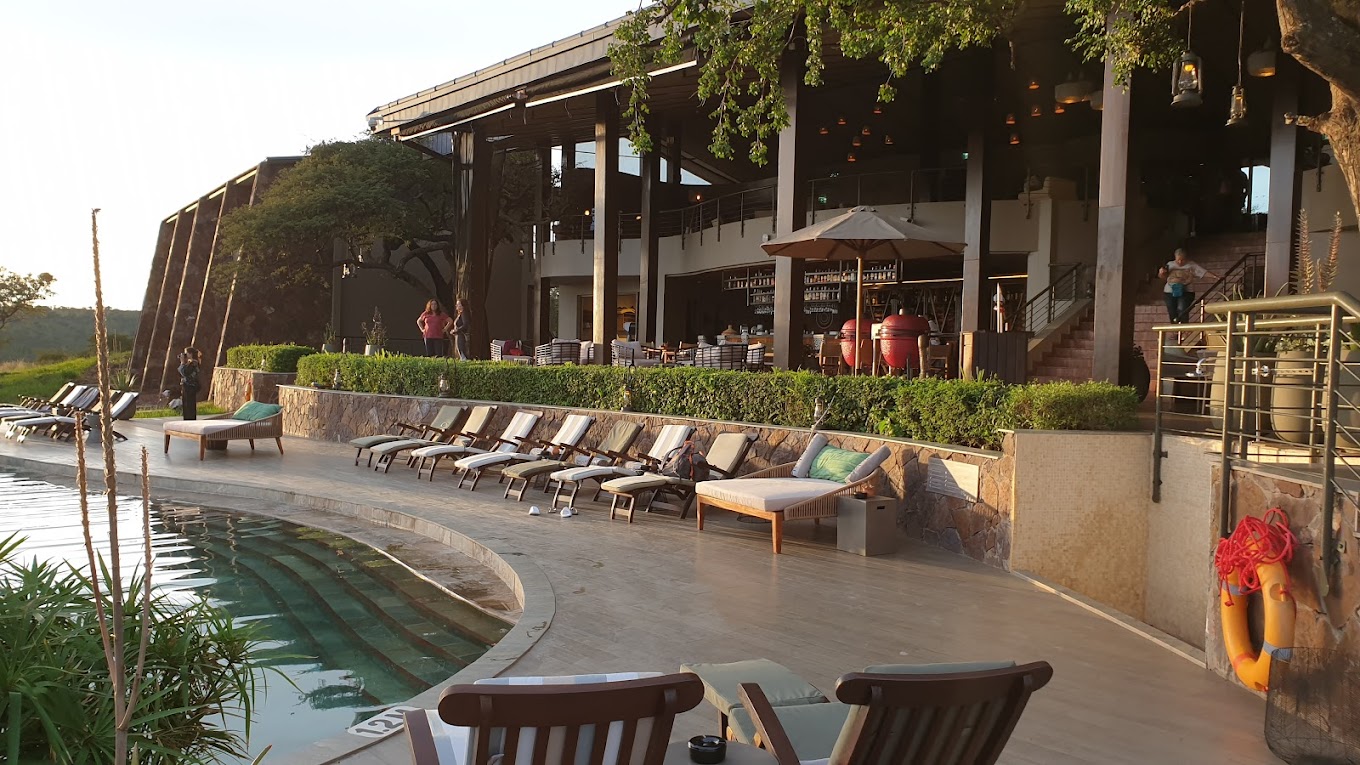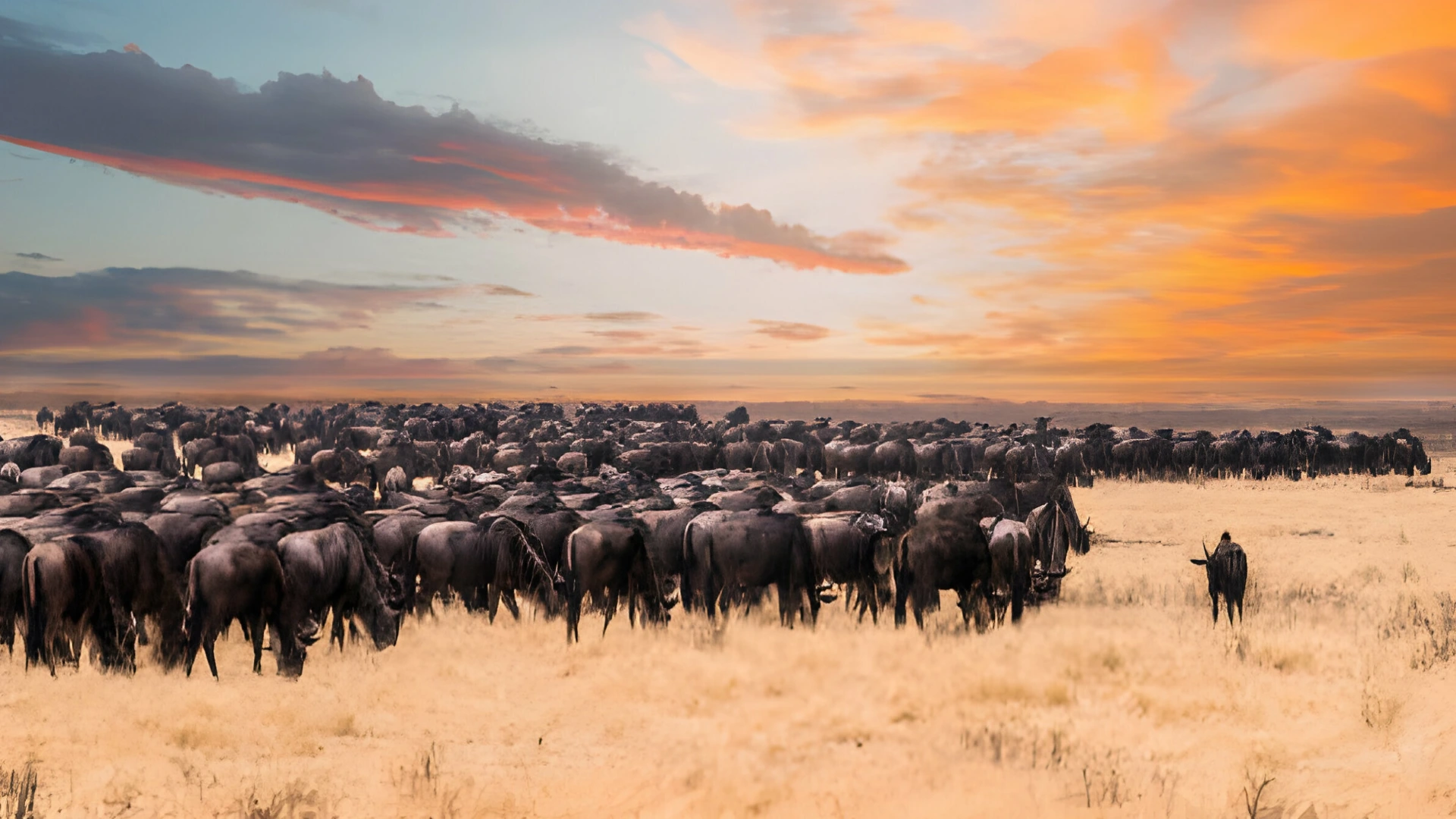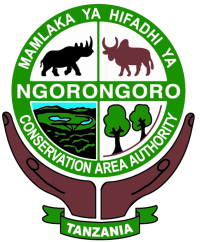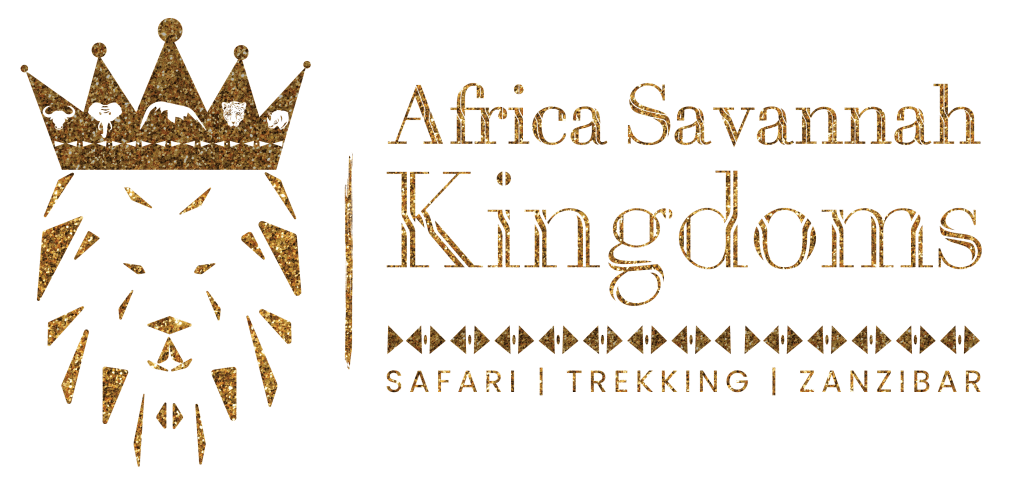VISIT KITULO NATIONAL PARK
Kitulo National Park, often referred to as the “Garden of God,” is a breathtaking natural sanctuary located on the Kitulo Plateau in Tanzania’s Southern Highlands.
Kitulo National Park: The “Garden of God” and Botanical Paradise
Kitulo National Park, often referred to as the “Garden of God,” is a breathtaking natural sanctuary located on the Kitulo Plateau in Tanzania’s Southern Highlands. Renowned for its exceptional botanical diversity, Kitulo is the first African park designated primarily for floral conservation, earning a global reputation for its vibrant wildflower displays that bloom across the alpine meadows from November to April. This unique park, spanning over 412 square kilometers, sits at an altitude of 2,600 meters and is surrounded by the dramatic peaks of the Livingstone Mountains.
Home to more than 350 species of vascular plants—including a dazzling variety of orchids, proteas, and aloes—Kitulo is a magnet for botanists, nature enthusiasts, and photographers. The park’s grasslands support an impressive array of endemic plant species, some found nowhere else on Earth. Beyond its flora, Kitulo is also an essential habitat for rare fauna like the endangered Kipengere seedeater and the mountain marsh widowbird, making it a treasure trove for birdwatchers.
Kitulo National Park is perfect for hiking, scenic exploration, and eco-tourism, with trails leading visitors through rolling hills, misty montane forests, and panoramic vistas that captivate adventurers. Easily accessible from Mbeya, Kitulo offers an unparalleled experience for travelers looking to connect with Tanzania’s lesser-known, pristine landscapes.
Kitulo National Park: The "Garden of God" and Botanical Paradise
Kitulo National Park, often referred to as the "Garden of God," is a breathtaking natural sanctuary located on the Kitulo Plateau in Tanzania’s Southern Highlands. Renowned for its exceptional botanical diversity, Kitulo is the first African park designated primarily for floral conservation, earning a global reputation for its vibrant wildflower displays that bloom across the alpine meadows from November to April. This unique park, spanning over 412 square kilometers, sits at an altitude of 2,600 meters and is surrounded by the dramatic peaks of the Livingstone Mountains.
Home to more than 350 species of vascular plants—including a dazzling variety of orchids, proteas, and aloes—Kitulo is a magnet for botanists, nature enthusiasts, and photographers. The park’s grasslands support an impressive array of endemic plant species, some found nowhere else on Earth. Beyond its flora, Kitulo is also an essential habitat for rare fauna like the endangered Kipengere seedeater and the mountain marsh widowbird, making it a treasure trove for birdwatchers.
Kitulo National Park is perfect for hiking, scenic exploration, and eco-tourism, with trails leading visitors through rolling hills, misty montane forests, and panoramic vistas that captivate adventurers. Easily accessible from Mbeya, Kitulo offers an unparalleled experience for travelers looking to connect with Tanzania’s lesser-known, pristine landscapes.
FACT ABOUT KITULO NATIONAL PARK
“Serengeti of Flowers”: Nicknamed the “Serengeti of Flowers,” Kitulo National Park boasts vast alpine grasslands that come alive with colorful wildflowers in a breathtaking seasonal bloom.
Birdwatcher’s Haven : A vital sanctuary for birdlife, Kitulo is home to many rare and endangered bird species, including the blue swallow, Denham’s bustard, and the kipengere seedeater, making it a premier destination for birdwatching enthusiasts.
Unique Reptile and Amphibian Habitat: Kitulo protects a variety of endemic reptiles and amphibians, including rare frogs like the endangered Kihansi spray toad, adding to its rich biodiversity.
Highland Plateau Ecosystem: Unlike the savannahs common in Tanzanian parks, Kitulo is set on a high-altitude plateau over 2,600 meters, offering a unique alpine landscape within the country’s ecological tapestry.
Hydrological Importance: The park’s streams and springs contribute to the Great Ruaha River, a vital water source supporting communities and wildlife across the southern highlands region.

Kitulo National Park, often referred to as the "Garden of God," is renowned for its stunning biodiversity, particularly its vibrant wildflower fields. The park is home to over 350 species of flora, including endemic orchids, and provides a unique habitat for various fauna, such as the endangered Kipengere Suni and diverse bird species. Its unique landscapes and rich ecosystems make it a must-visit destination for nature enthusiasts and photographers.
The ideal time to visit Kitulo National Park is during the rainy season, from November to April, when the flowers are in full bloom. However, wildlife viewing is also good in the dry season from June to October, when animals are more visible as they gather around water sources. Visitors should consider their specific interests, whether it's flower viewing or wildlife photography, when planning their trip.
Kitulo National Park is accessible from Mbeya, which is approximately 100 kilometers away. Visitors can travel by road, either by hiring a vehicle or using public transport. The nearest airport is Mbeya Airport, which connects to major cities in Tanzania. Once in Mbeya, a taxi or tour operator can facilitate transportation to the park.
Visitors to Kitulo National Park can enjoy various activities, including guided nature walks, bird watching, and photography. The park’s unique flora and fauna provide excellent opportunities for wildlife enthusiasts and photographers. Additionally, exploring the surrounding landscapes, including the breathtaking plateaus and views of Mount Rungwe, adds to the adventure.
While Kitulo National Park does not have accommodations within its boundaries, several lodges and guesthouses are available in nearby towns such as Mbeya and Tukuyu. Options range from budget-friendly hostels to more upscale lodges, ensuring visitors have a comfortable stay while exploring the park. It’s advisable to book accommodations in advance, especially during peak seasons.
Step 1
Enquire Online : Complete A Short Form
Step 2
Get Best Option : Chat With Our Safari Expert
Step 3
Confirm & Pay : Ready For Your Dream Trip

Enquire now and Your Safaris Expert will be in touch within 24 hours!

